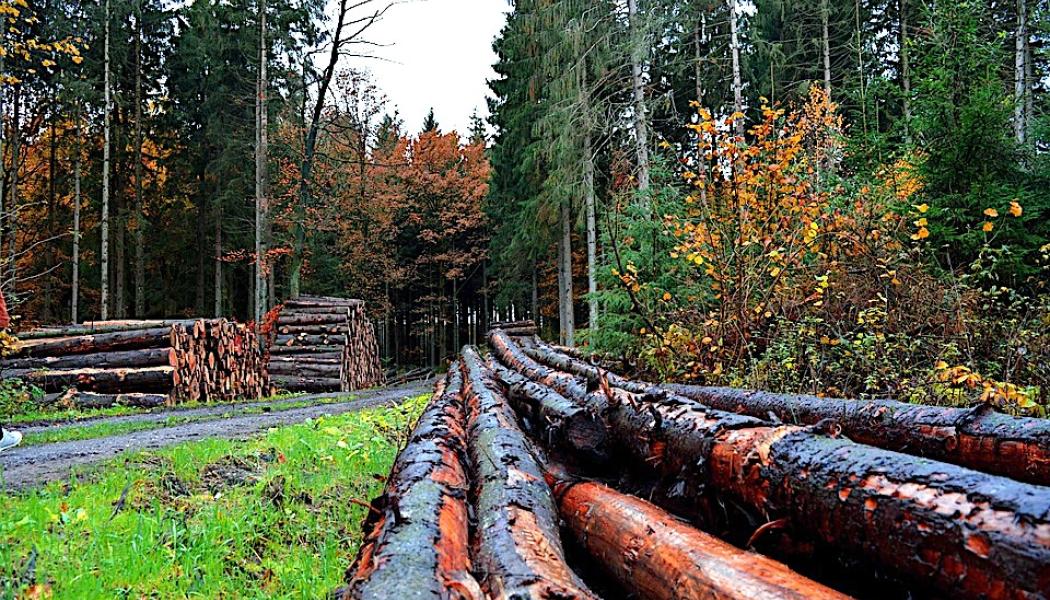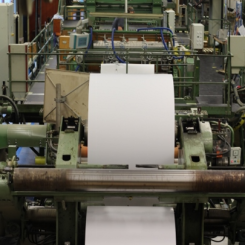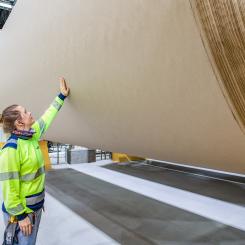Finland and Sweden, traditionally strong players in the global pulp and paper industry, are currently navigating a complex landscape marked by escalating raw material costs and evolving international trade dynamics.
Historically, Russia served as a significant supplier of hardwood and softwood logs to both Finland and Sweden. However, following the 2022 invasion of Ukraine and subsequent sanctions, imports from Russia have ceased entirely. In response, Finland and Sweden have sought alternative sources, increasing imports from other regions. Despite a 25 per cent rise in combined log imports in 2024 compared to the previous year, the total volume remains at only half of the 2006 levels.
This shift has led to notable cost increases. In the fourth quarter of 2024, wood constituted nearly 73 per cent of manufacturing cash costs in Finland and over 64 per cent in Sweden. Compared to the same period in 2021, softwood pulplog prices surged by 51 per cent in Finland and 29 per cent in Sweden. Hardwood pulplog prices experienced similar hikes, rising by 54 per cent in Finland and 40 per cent in Sweden. These increases are exerting significant pressure on producers' profit margins.
Shifting Trade Policies and Currency Challenges
Compounding these supply issues are changes in international trade policies, particularly from the United States. In 2024, the U.S., Finland's third-largest export market for forest products, imposed new tariffs on pulp, paper, and board products from the European Union. While certain product categories were exempted, the unpredictability of future policy actions has raised concerns among Finnish and Swedish industry groups.
Additionally, currency fluctuations are impacting competitiveness. The weakening of the U.S. dollar relative to the euro and Swedish krona is making Nordic exports less competitive globally. For Sweden, where 60 per cent of forest product output is exported, this adds another layer of complexity to profitability and strategic planning.
Outlook and Strategic Considerations
Despite stable production levels in recent years, the outlook for the Nordic forest industry remains uncertain. Continued volatility in wood costs, evolving global trade conditions, and currency fluctuations are shaping the operating environment. Industry stakeholders must closely monitor these factors and adapt their strategies to maintain competitiveness in the global market.
Source: Resource Wise























































